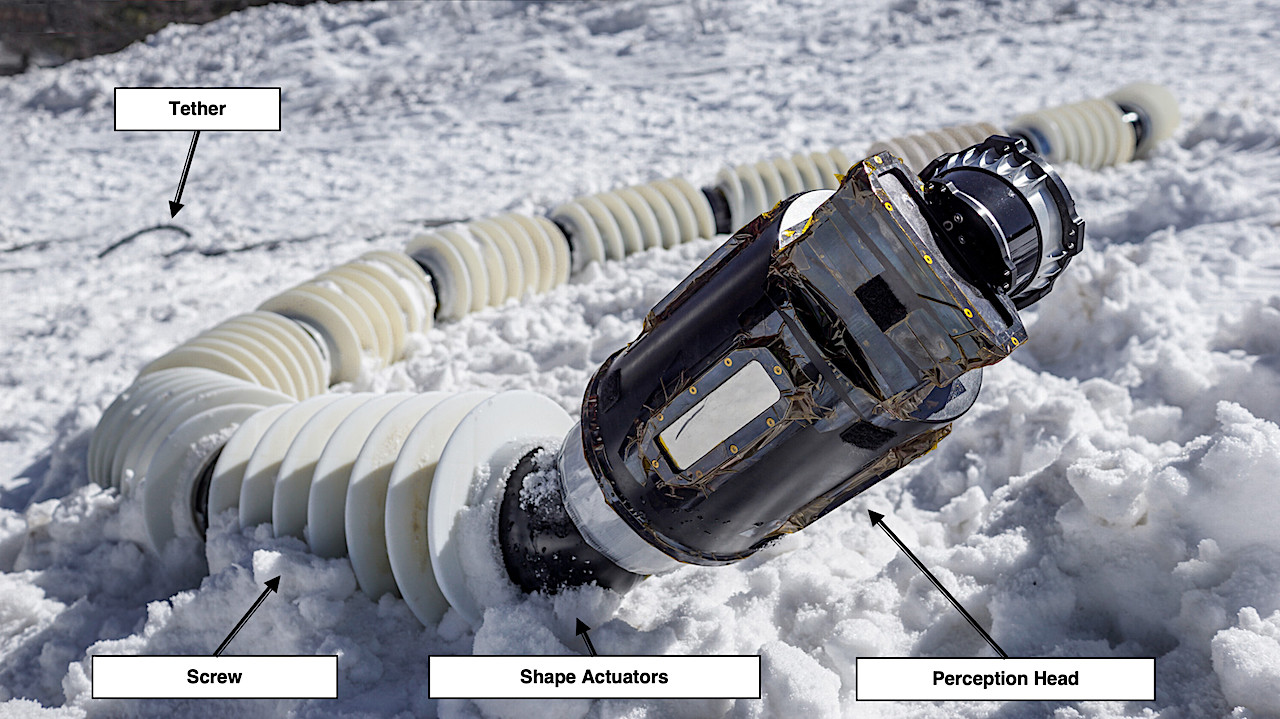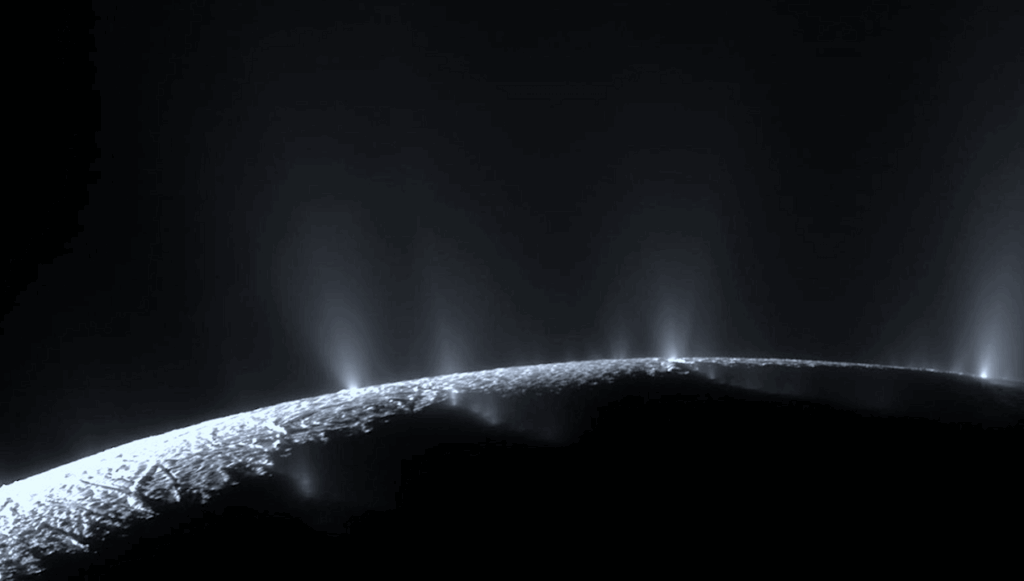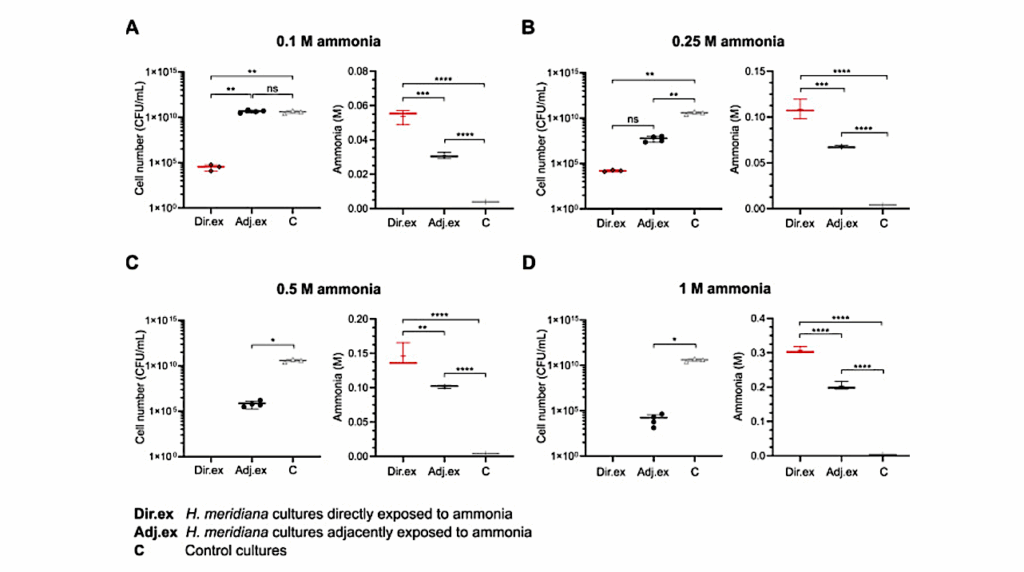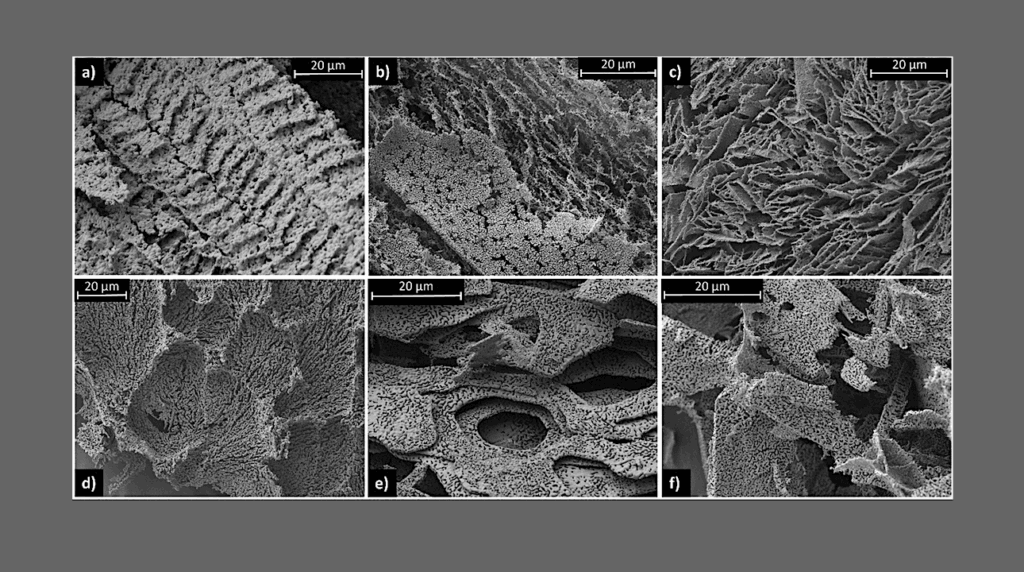EELS: Autonomous Snake-like Robot With Task And Motion Planning Capabilities For Ice World Exploration

Ice worlds are at the forefront of astrobiological interest because of the evidence of subsurface oceans. Enceladus in particular is unique among the icy moons because there are known vent systems that are likely connected to a subsurface ocean, through which the ocean water is ejected to space.
An existing study has shown that sending small robots into the vents and directly sampling the ocean water is likely possible. To enable such a mission, NASA’s Jet Propulsion Laboratory is developing a snake-like robot called Exobiology Extant Life Surveyor (EELS) that can navigate Enceladus’ extreme surface and descend an erupting vent to capture unaltered liquid samples and potentially reach the ocean.
However, navigating to and through Enceladus’ environment is challenging: Because of the limitations of existing orbital reconnaissance, there is substantial uncertainty with respect to its geometry and the physical properties of the surface/vents; communication is limited, which requires highly autonomous robots to execute the mission with limited human supervision.
Here, we provide an overview of the EELS project and its development effort to create a risk-aware autonomous robot to navigate these extreme ice terrains/environments. We describe the robot’s architecture and the technical challenges to navigate and sense the icy environment safely and effectively.
We focus on the challenges related to surface mobility, task and motion planning under uncertainty, and risk quantification. We provide initial results on mobility and risk-aware task and motion planning from field tests and simulated scenarios.

Artist renditions of the EELS concept. (Top) The system moving with the help of its active skin propulsion toward a vent after being deployed by a lander on Enceladus. (Bottom) The EELS platform climbing down a vent, resisting the upward fluid dynamic pressure by pushing out against the ice walls. CREDIT: NASA/JPL-CALTECH
EELS: Autonomous snake-like robot with task and motion planning capabilities for ice world exploration, Science Robotics (open access)
(IF 25) Pub Date: 2024-03-13 , DOI: https://www.science.org/doi/10.1126/scirobotics.adh8332
Astrobiology








